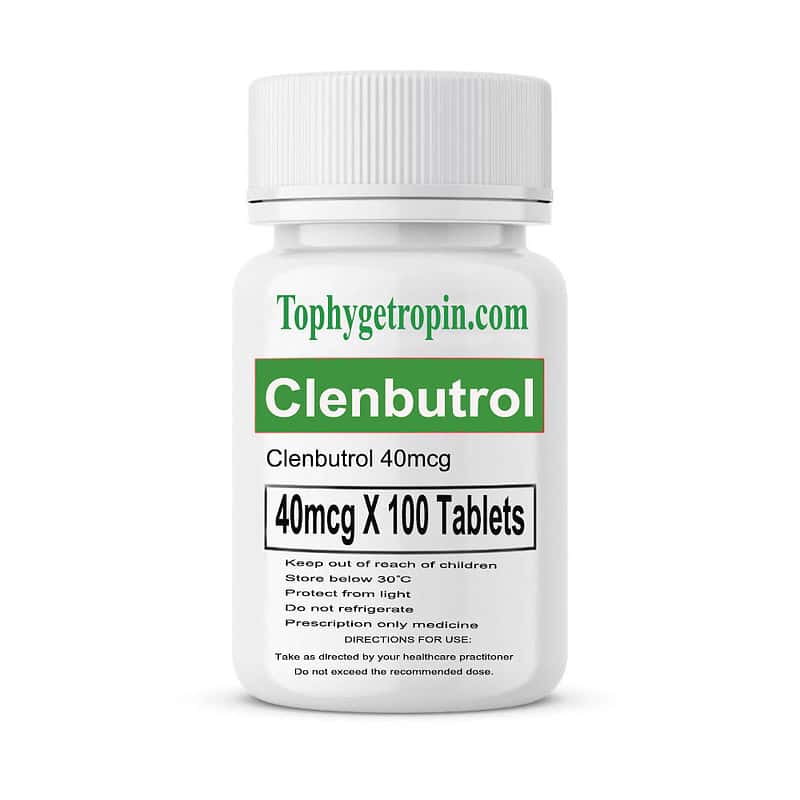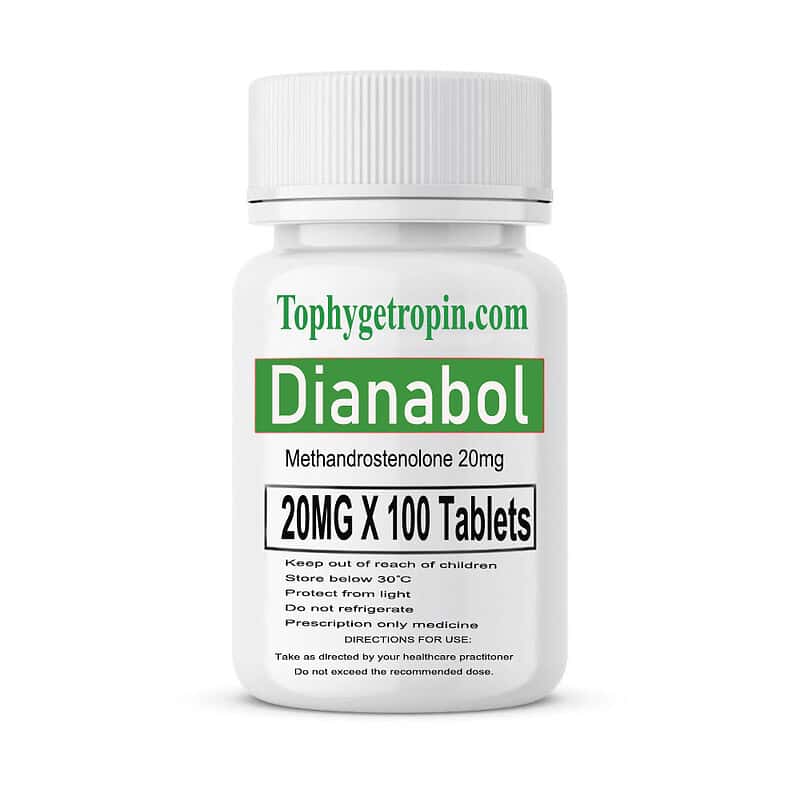T4 Thyroxine Oral Steroids Tablets 40mcg 100 tablets
Original price was: $110.00.$50.00Current price is: $50.00.
Growth hormone and thyroid hormones have been standard drugs in the arsenals of bodybuilders for years. Growth hormone has been used for its anabolic, muscle cell increasing, fat loss and anti aging properties. Thyroid hormones have been used for the fat loss, stimulatory and (to a lesser extent) anabolic effects. In this article I will look at the synergies between the two different types of thyroid hormone (T4 and T3) and Growth hormone (GH) and their applications in bodybuilding.
substance: T4
package: 40mcg x 100 tablets/bottle
Free shipping on orders over $1500! 100% delivery
- Satisfaction Guaranteed
- No Hassle Refunds
- Secure Payments
Description
Growth hormone and thyroid hormones have been standard drugs in the arsenals of bodybuilders for years. Growth hormone has been used for its anabolic, muscle cell increasing, fat loss and anti aging properties. Thyroid hormones have been used for the fat loss, stimulatory and (to a lesser extent) anabolic effects. In this article I will look at the synergies between the two different types of thyroid hormone (T4 and T3) and Growth hormone (GH) and their applications in bodybuilding.
Before we get into the juicy stuff, we need to start with a little ??geek-talk?? and some physiology.
The body produces two thyroid hormones, the first is thyroxine (T4) and the second is triiodothyronine (T3), which is the most widely used thyroid hormone in the world of muscle building. T4 is the inactive thyroid hormone and needs to be converted to T3 to exert thyroid-specific effects. This is done by the enzymes in the deiodinase group, of which there are 3 types ?C D1 and D2, which involved in the initiation of the process of conversion of T4 to T3 and D3, which is involved in the deactivation process.
The secretion of T4 is created in the thyroid gland and is stimulated by Thyroid stimulating hormone (TSH), which in turn is stimulated by Thryrotropin Releasing hormone (TRH). So, when T3 levels rise, the body says, ??hey, I have enough T3 floating around, so I need to cut back??, which it does by suppressing TSH (this is known as a ??negative feedback loop??). Incidentally, thyroid hormones require insulin or IGF-1 to trigger their effects.
Growth hormone (GH) is produced in the pituitary gland and is regulated by factors such as hormones and enzymes. It is regulated by two hormones Somatostatin (SS) and Growth hormone releasing hormone (GHRH). When there is too much GH circulating the body another negative feedback loop tells it to produce SS to decrease GH levels. When the body has too little GH, GHRH is produced.
GH has the ability to stimulate the conversion of T4 to T3, making thyroid hormones partially dependent on GH. Somatostatin (which is secreted when GH levels are too high) can also inhibit TSH secretion or reduce TRH secretion, which means it can limit the amount of T4 produced by the body. This means that although GH increases the conversion of T4 to T3, which means more T3, it may actually mean lower than normal T4 levels.
GH gene transcription is what gives GH its wonderful effects (such as muscle growth, fat loss etc) and T3 enhances these effects, making GH and T3 extremely synergistic, in fact, T3 is the limiting factor in exogenous GH usage. Here we now have a contradiction: T3 and GH are synergistic, but too much T3 decreases the anabolic effects of GH.
This is where a well known steroid and performance enhancing drugs expert hypothesised that it is the conversion process of T4 to T3 that is important. Let me explain. When there is too much T3 in the body and normal levels of T4, the thyroid sends a signal to produce less D1 and D2 (the activators) and more of D3 (the in-activator) and thus inhibits many of the synergistic effects of T3. When D3 levels are high, growth factors such as IGF-1 are stimulated, which means D3 is an important part of the equation with regards to the anabolic effects of GH.
Now for the part you have all been waiting for, the summary and conclusion??
When growth hormone is taken, along with T3, the GH will stop converting T4 to T3 after a certain point, which means it will shut of the good, anabolic effects of GH by killing the pathway that creates them! This, to me, seems like a bad thing! Now if we add T4 into a GH cycle, we would enhance this pathway, giving the GH more anabolic effects!
Remember that T4 alone is pretty ineffective for our purposes and requires something like GH to be made effective.
I have actually seen how effective using T4 in conjunction with GH is, first hand. An athlete I was working with was dieting for a show using GH and T3 (along with many other anabolic compounds), but was seeing no change in his fat to muscle ratio. Even with changes in his diet, such as lowering carbs, increasing cardio and even lowering calories, there were minimal changes, at best. T4 was introduced and within 1 week a change of 2.5% body fat and an increase of 1kg of muscle was measured! This is a pretty drastic change in any book.
The way I see it, growth hormone costs a lot, and, if it were me, I would want to maximise it as much as possible to get a better ??bang for my buck??, T4 seems to be the catalyst here and without it, GH is a waste of money.
Managing Side Effects
If the site is sore, you may want to ice it or take over-the-counter pain medication. You shouldn’t have any other lingering effects from a simple blood draw.
Risks
The most common risks people face from a blood test is slight pain or mild bruising afterward, which should go away quickly.
Some people, especially those who are afraid of needles, may experience dizziness, nausea, or ringing in the ears during or immediately following a blood draw. If this happens to you, let someone at the medical center know. Most facilities are well equipped to deal with this reaction, which usually involves lying down for a while and drinking some water.
If you have a history of negative reactions, you may want to arrange for someone to drive you to and from the test facility.
Let the nurse or phlebotomist who is drawing your blood know before the test if you’ve had bad reactions to blood draws in the past, you have a bleeding disorder or are taking blood-thinning medications, or if your skin tears or bruises easily. They should be able to mitigate any risk these elements may create.
For other information
There are numerous other compounds like L-Thyroxine worldwide which contain the substance levothyroxine sodium. Due to limited space, however, they are not part of this list.
L-Thyroxine is a synthetically manufactured thyroid hormone. Its effect is similar to that of natural L-thyroxin (L-T4) in the thyroid gland. L-thyroxin is one of two hormones which is produced in the thyroid. The other one is L-triiodthyronine (L-T3, see Cytomel). L-thyroxin is clearly the weaker of the two hormones. For this rea-son it is often used for a longer time period than L-T3. Bodybuilders use L-Thyroxine to accelerate the metabolizing of carbohydrates, proteins, and fat. The body burns more calories than usual so that a lower fat content can be achieved or the athlete burns fat although he takes in more calories. In the past L-Thyroxine was often used by competing bodybuilders. Unfortunately, with increased dosages (more than 400 to 600 mcg/day) usually not only more fat but more carbohydrates and proteins are burned as well. The athlete no doubt becomes harder but he can also lose muscle mass if steroids are not administered simultaneously. L-Thyroxine is rarely used to-day since most athletes use Cytomel or Triacana. When used properly there are few side effects to L-Thyroxine. Dosages that are too high and, in particular, dosages that are increased too quickly and too early at the beginning of intake can cause trembling of the fingers, excessive perspiration, diarrhea, insomnia, nausea, increased heartbeat, inner unrest, and weight loss.
The dosages taken by athletes are usually in the range of 200-400 mcg/day. We advise that you begin with a small dose and increase it slowly and evenly over several days. L-Thyroxine is a prescription drug and available only in pharmacies. One hundred tablets of 150 mcg each of the compound Levothroid cost about $50 on the black market. Unlike Cytomel and Triacana, L-Thyroxine is rarely found on the black market.
You must be logged in to post a review.





Reviews
There are no reviews yet.